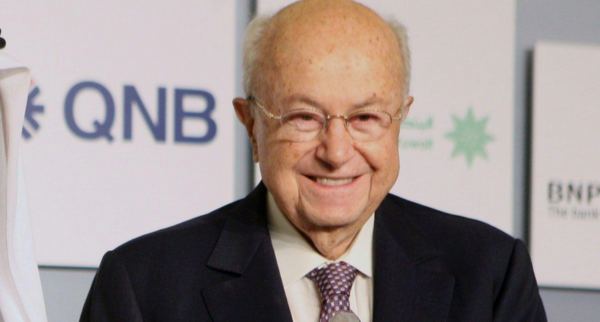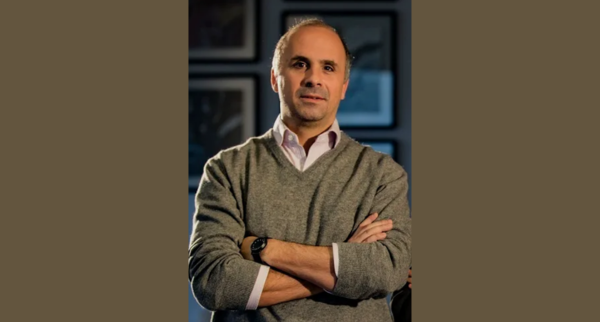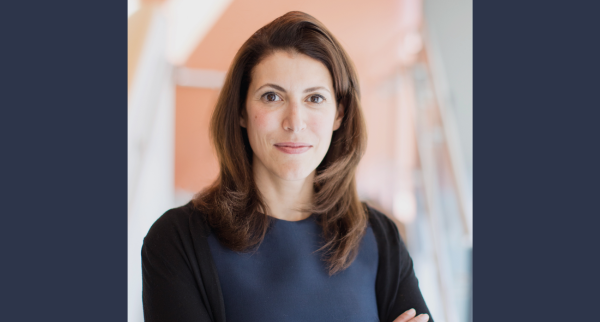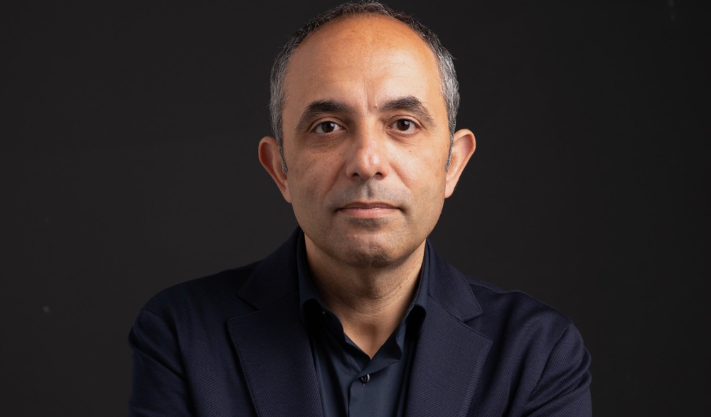Diana Haddad: The Pop Icon of the Arab World
Diana Haddad is a name that resonates across the Middle East as a symbol of talent, charm, and versatility. A Lebanese-Emirati singer, she has carved a unique space in the Arab music scene through a blend of traditional Arabic sounds and modern pop influences. Her journey from a small-town girl in Lebanon to a pan-Arab music icon is a story of passion, resilience, and evolution.
Early Life and Background
Diana Joseph Foad Haddad was born on October 1, 1976, in Bsalim, a small town in Lebanon. She grew up in a multicultural household with a Lebanese Christian father and a Syrian mother. From an early age, Diana showed a natural flair for music and performance, participating in school events and local talent shows. Despite facing the challenges of the Lebanese Civil War during her youth, her passion for music remained steadfast.
At the age of 14, tragedy struck when Diana’s mother passed away, an event that left a deep mark on her personal life. Shortly afterward, she moved to the United Arab Emirates with her family, which became a second home and played a significant role in shaping her musical career.
Rise to Fame
Diana’s professional music career began in the mid-1990s. She shot to fame in 1996 with her debut album “Saken”, which included hits like the title track “Saken” and “Anida.” The album was a major success and introduced her as a fresh voice in the Arabic pop scene, especially with her ability to sing in both Lebanese and Gulf dialects — a skill that would become a hallmark of her versatility.
Her early collaborations with renowned Lebanese composer and producer Salim Assaf helped shape her unique musical identity, which combined emotional ballads with rhythmic dance-pop. Her image as a young, modern Arab woman with traditional roots made her widely popular across the Arab world.
Career Highlights
Throughout the late 1990s and early 2000s, Diana released a series of successful albums that cemented her status as one of the leading female voices in the Middle East. Albums like “Ahl Al Esheg” (1997), “Ammanih” (1998), and “Shater” (2000) produced numerous chart-topping singles, including “Yammaya,” “Elli Fe Bali,” and “Mani Mani.”
One of her most iconic songs, “Ammanih,” showcased her command over Khaliji music and made her a household name in the Gulf region. The song was widely played on Arabic television and radio stations, and it remains a favorite among fans to this day.
Diana was not afraid to experiment with her sound. She incorporated various regional dialects and musical styles from across the Arab world, including Egyptian pop, Lebanese ballads, and Gulf music. This diversity allowed her to connect with audiences from different cultures and backgrounds.
In 2006, she released “Diana 2006,” an album that further demonstrated her maturity as an artist. The album included the hit track “Mas & Louly,” a romantic duet with Lebanese singer Wael Kfoury, which was a massive success and showcased her ability to collaborate with other leading artists.
Personal Transformation and Embracing Faith
One of the defining moments in Diana Haddad’s life was her spiritual transformation. After years of personal reflection, Diana converted to Islam in the early 2000s. She has openly spoken about her faith and how it gave her a sense of peace and grounding. Despite the criticism and challenges that often accompany such public life changes, Diana remained true to herself and continued to be a role model for many women in the Arab world.
Her style also evolved, reflecting a balance between modernity and modesty. She began to appear in more conservative clothing while maintaining her glamorous presence. This transformation only deepened her connection with fans who admired her authenticity and values.
A Multifaceted Talent
Diana Haddad’s contributions extend beyond just singing. She has also worked as a television presenter and participated in charitable initiatives. Her fluency in multiple Arabic dialects and her warm personality have made her a frequent guest on talk shows and music competitions.
In recent years, Diana has embraced digital platforms, using social media to connect with fans and share behind-the-scenes moments of her life and work. Her official YouTube channel and Instagram account are active with music releases, lifestyle content, and personal messages that resonate with her loyal fanbase.
Recent Work and Legacy
Over the past decade, Diana has continued to release singles and perform live, proving that her appeal has not diminished with time. Songs like “Ela Hona” (2014), “Nadra” (2018), and “Sayidati” (2020) show that she still has her finger on the pulse of contemporary Arab pop music while staying true to her artistic roots.
In 2022 and 2023, she released several popular tracks that did well on streaming platforms, showing her adaptability in the era of digital music. Diana has maintained a balance between evolving with industry trends and honoring the sounds that made her a star.
With a career spanning nearly three decades, Diana Haddad has become a legend in the Arab world. Her music has touched generations, and her life story — filled with both personal challenges and professional triumphs — is one of inspiration and strength.
Final Thoughts
Diana Haddad is much more than a pop star. She is a cultural icon who has used her voice and platform to celebrate Arab diversity, promote women’s empowerment, and remain authentic in the ever-changing world of entertainment. Her legacy is one of innovation, resilience, and heart — and she continues to inspire millions with every note she sings.
Whether it’s a nostalgic throwback to her 90s hits or a brand-new single with a modern twist, Diana’s music carries a timeless appeal that makes her one of the Middle East’s most beloved artists.
Published: 25th August 2025
For more article like this please follow our social media Twitter, Linkedin & Instagram
Also Read:
Sandy: The Voice of a New Generation in Egyptian Music
Rym Saidi: Shining Star of Middle East Fashion & Media
Abeer Sinder Shines as Rising Star in Middle East Entertainment




